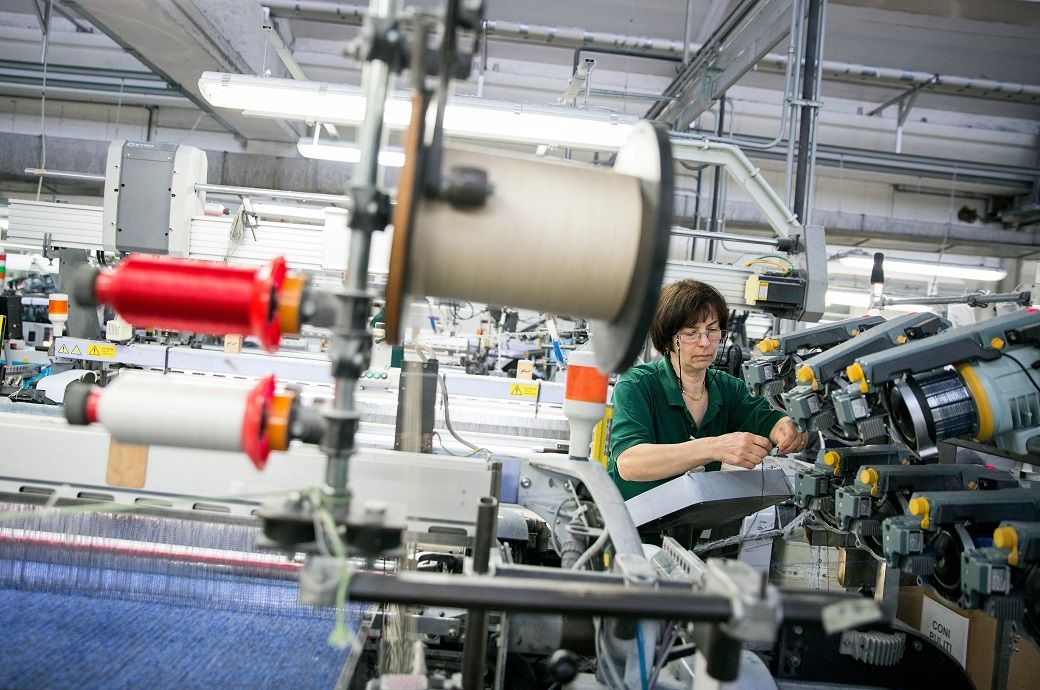
Eurozone factory order books continued to shrink at the end of the first quarter, but a survey-record shortening in suppliers’ delivery times boosted the supply of critical raw materials and components, thereby supporting greater production levels.
Additionally, reflecting the receding supply constraints, eurozone manufacturers recorded a decline in average input prices during March for the first time since the early stages of the COVID-19 pandemic in 2020.
While indicative of a sharper deterioration in the health of the euro area manufacturing sector, much of the month-on-month decline was due to the suppliers’ delivery times index surging to a survey-record.
The most robust manufacturing sector performances at the national level were once again seen outside of the ‘big two’ of Germany and France during March.
Greece (52.8, 10-month high) saw the strongest improvement in manufacturing sector performance, followed by Spain (51.3, nine-month high) and Italy (51.1, 2-month low).
Headline PMIs for Germany and Austria fell to their lowest in almost three years although, as was the case at the aggregated eurozone level. This primarily reflected a considerable shortening of average supplier lead times.
The latest survey data signalled a further shrinking of manufacturing order books across the eurozone. The volume of incoming new work fell for an eleventh month running, with the rate of decline solid and broadly unchanged since February.
New export orders also fell again in March, although the contraction was the softest since mid-2022. Due to lower production requirements, eurozone manufacturers continued to reduce their purchases of inputs during the latest survey period. The decrease was strong overall, but the weakest for six months.
Stocks of purchases subsequently fell, marking a second successive monthly drawdown, and one that was the quickest since May 2021.
With production levels rising, but new orders falling, eurozone manufacturers were able to process outstanding business at a faster rate in March. The rate of backlog depletion was sharp overall.
Furthermore, the volume of warehoused finished goods also rose during March to the greatest extent in four months. Austrian and German manufacturers led the expansion in post-production inventories, country-level data showed.
Weak demand and reduced production requirements were central factors which helped to alleviate supplier bottlenecks during March, S&P Global said in a release.
The rate of job creation during the month was modest and little-changed since February. There was a slight easing of business confidence, however, with the overall level of optimism dipping slightly to a three-month low.
ALCHEMPro News Desk (DS)
Receive daily prices and market insights straight to your inbox. Subscribe to AlchemPro Weekly!